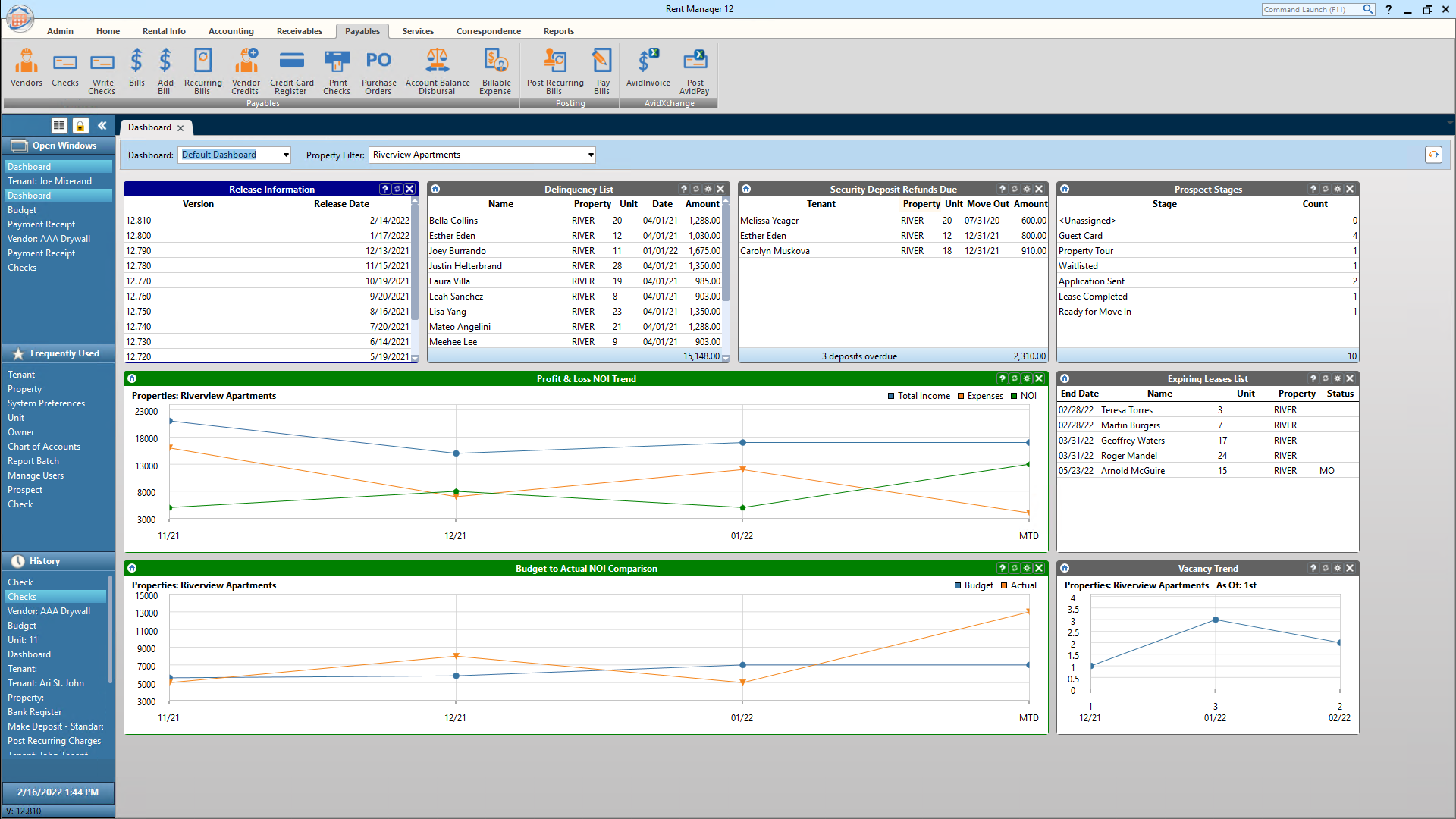
Resident property management can be a complicated and multi-faceted job. A residential manager must know the laws of their locality, be skilled in solving problems, and have the required skills. These professionals act as a liaison between the tenants and the land owners. They are responsible for setting rental rates, marketing the property, screening tenants, and negotiating lease terms.
There are many ways to enter this industry. One option is to be a licensed property manger. This involves attending classes, passing an exam, and taking a number of courses. A licensed manager must ensure that rent payments are being collected and followed up.
A property manager can be hired as an individual. Individual managers are usually more hands-on with their operations and are willing to work out creative solutions to meet their clients' needs. They are likely to cost more than other managers.
It is important to have a competent property manager in order to maintain your property. A good property manager will be able coordinate maintenance issues and make repairs. They will also be familiar with the legalities of renting a unit, and can recommend a competent legal counsel.

Most residential managers are hired by homeowners, landlords, and condominium associations. The services they offer vary in size, ranging from a single person operation to a large company with hundreds of employees. Property managers will oversee and coordinate maintenance, screen tenants, maintain administrative aspects, and manage the building.
Larger businesses can reap the benefits of economies of scale. This is especially true if you manage multiple properties. It is a good idea for your property management company to have a broad range of expertise and resources.
They can offer a better customer experience. They will also have a more extensive team of people to handle day-to-day operations. They will also be able to offer competitive pricing.
Some residential property managers employ in-house maintenance teams. Others may rely on outside contractors to carry out repairs. Regardless of which type of contractor you choose, it is important to keep track of expenses to avoid penalties from the IRS.
A good residential manager will also be able find the best way to market your property. It is important to present images that will attract potential tenants to your property. Moreover, you will need to show them all the amenities of the building.

The right professional can help you enjoy the many benefits of owning property without all the hassle. They will not only be able find a tenant for you property, but they will also be able generate rental income and keep your informed of any problems. You can be confident that your investment will be well taken care of.
Start looking for work in property management by contacting local realty agents. They can help find you the job that suits your interests and skills. Be sure to search the Internet for job listings in your region.
FAQ
How long does it take for a handyman to be trained?
Expert handyman takes years of hard work. It begins with helping friends and families and grows to become a full-time profession.
You'll start to learn all the skills needed as you go along.
Is it worthwhile to spend more money on professional handyman services?
It all depends on the type project that you wish to have completed. A professional handyman service is recommended for complex projects such as office renovations.
What is the average time it takes for a handyman in order to complete a project?
It depends on the size and complexity of the project. The size of the project will determine how long it takes. Larger projects may take more time. The average handyman will finish any size project within one week.
Can a handyman fix my leaky faucets?
While a handyman is capable of handling minor repairs, they will not be qualified to do major projects like wiring up a house or installing custom-made cabinets. However, a handyman is capable of doing minor home improvement projects.
Statistics
- “Once the pandemic hit, that number fell to about 20%.” (inquirer.com)
- Our handyman services for seniors are provided by professional senior helpers who have been serving the community for over 20 years with 98% customer satisfaction. (cantatahomeservices.org)
- An estimate was that in 2003, the market for home maintenance and repair spending was up 14% 2001 to 2003. (en.wikipedia.org)
- With a strong housing market, the handyman and general maintenance worker industry are expected to grow by nearly 10% in the next decade. (housecallpro.com)
- “Before the pandemic, 40% of people asked how we could estimate a job when we weren't there,” Rose recalled. (inquirer.com)
External Links
How To
How to replace a broken tile
Step 1 – Remove the tiles.
Removing the tiles from your flooring is a good idea. If you intend to use them, you will want to keep them intact. You can note the parts that are missing or damaged so that you can find replacements.
Step 2: Choose New Tiles
Here are some options for tile repair.
-
You should find a similar tile to the one that you've just taken out.
-
To find the matching piece, use the measurements that you took while removing the tile. This will make it easy to get the correct size without having again to measure.
-
You should look for different colors, patterns and textures.
-
If you have a preference for grout, consider what it would be best to use. Some prefer a solid color, while others like mixing it up.
-
You should ensure that the tile you choose is resistant to moisture.
-
Make sure you consider where your tile will be placed. It can help you save money and time.
-
Once you've picked your tile, place an order online or call your local Lowe's location to place it.
Step 3: Install the tiles.
Use the same method as before to install your new tiles. Make sure they are aligned correctly so that they fit together perfectly.
Step 4 - Clean up
Before putting down the final layer of protective material, clean up all the debris from the floor.
This will stop dirt and dust from entering the cracks between tiles.
Step 5 – Sand down the floor
After you have cleaned everything, sand the floor to remove any particles that were left from the previous step.
Step 6 – Finish Off
Once the floor has been completely smoothed, apply the protective coatings on the tiles. Wait until the floor is completely smooth before applying the protective coatings to the tiles. Wet paint could stain the tiles' surface.
For stain protection, you can always use a product called "damp&dry" to clean your floors.
But it won't address every issue that might arise after installing your new tiles. An anti-slip coating can be added to the protective layer for children who are often running around.
Remember to let the protective sealer remain on for several additional weeks before you move into your home.